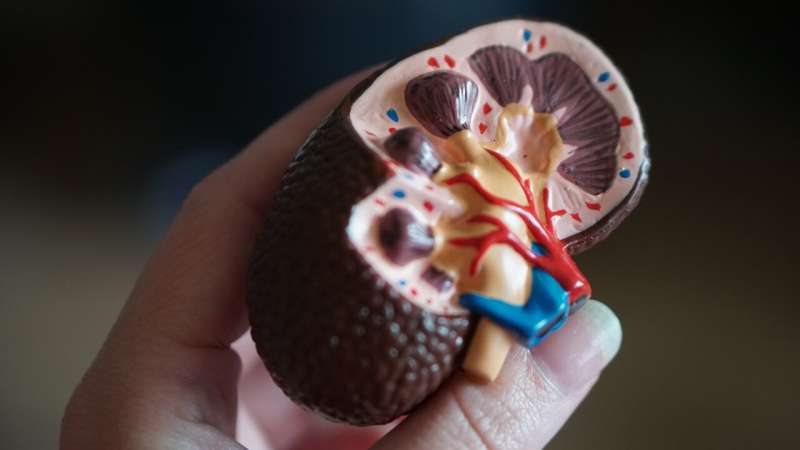Barriers to Adopting Healthy Lifestyles Among Teens Revealed in Recent Study

A recent study uncovers the structural barriers such as poverty, discrimination, and mental health issues that hinder teenagers' access to healthy diets and physical activity, emphasizing the need for systemic reforms to promote youth well-being.
A new study conducted by the University of Surrey highlights significant challenges faced by teenagers in accessing healthy lifestyles, even in relatively affluent areas like Surrey. The research, published in the journal Nutrients, reveals that structural barriers such as poverty, geographical inequalities, discrimination, and mental health issues impede young people's ability to make healthier choices.
The study involved interviews with 27 youths aged 12 to 16, who described how economic hardship limits their access to nutritious food and sports activities. Participants noted that healthy foods at school are often too costly, leading them to opt for less nutritious, cheaper options. The expenses associated with sports clubs, equipment, and transportation further restrict their participation in physical activities.
Disparities in access to sports facilities also emerged, with teens from less affluent areas reporting outdated or unavailable outdoor spaces and feeling unsafe in their environments. Sexism also remains a barrier, with girls feeling unwelcome or ridiculed when participating in sports traditionally viewed as male-oriented.
Professor Jane Ogden emphasized that addressing these issues requires systemic changes at both community and societal levels. She stressed that simply advising teens to eat better and exercise more is insufficient without tackling the underlying structural obstacles.
The study also points out that mental health struggles, exacerbated by school pressures, social media, and bullying, further hinder efforts to pursue healthy habits. Additionally, many youth workers involved in supporting young people reported a lack of proper training and referral pathways for weight management and health interventions.
Public health experts, including Dr. Helen Lambert and Dr. Negin Sarafraz-Shekary, advocate for comprehensive strategies that consider the social determinants of health. They emphasize the importance of integrated approaches, including the Surrey Food Partnership's initiatives, to promote equal access to nutritious food and physical activity.
Ultimately, the research underscores the need for societal commitment to create a fairer environment where all teenagers can develop healthy, sustainable habits regardless of their socioeconomic background.
Stay Updated with Mia's Feed
Get the latest health & wellness insights delivered straight to your inbox.
Related Articles
A Holistic Approach to Menopause: Education, Workplace Support, and Research Initiatives
A multifaceted approach encompassing education, workplace policies, and research is vital to improve women's experiences during menopause and reduce associated stigma and health disparities.
The Need for Standardized Guidelines in Dialysis Initiation During Pregnancy
A recent study calls for standardized guidelines for initiating dialysis during pregnancy to improve maternal and fetal outcomes in women with advanced CKD.
Rising Trends in Obesity-Related Cancers in Puerto Rico
Research reveals increasing cases of obesity-associated cancers in Puerto Rico from 2000 to 2022, driven by high obesity rates and environmental challenges. Tailored policies are crucial for addressing this growing health concern.
Predictive Models Help Assess Pneumonia Severity in Children to Improve Treatment Decisions
New predictive models developed from international research help clinicians accurately assess pneumonia severity in children, guiding better treatment decisions and improving outcomes.



